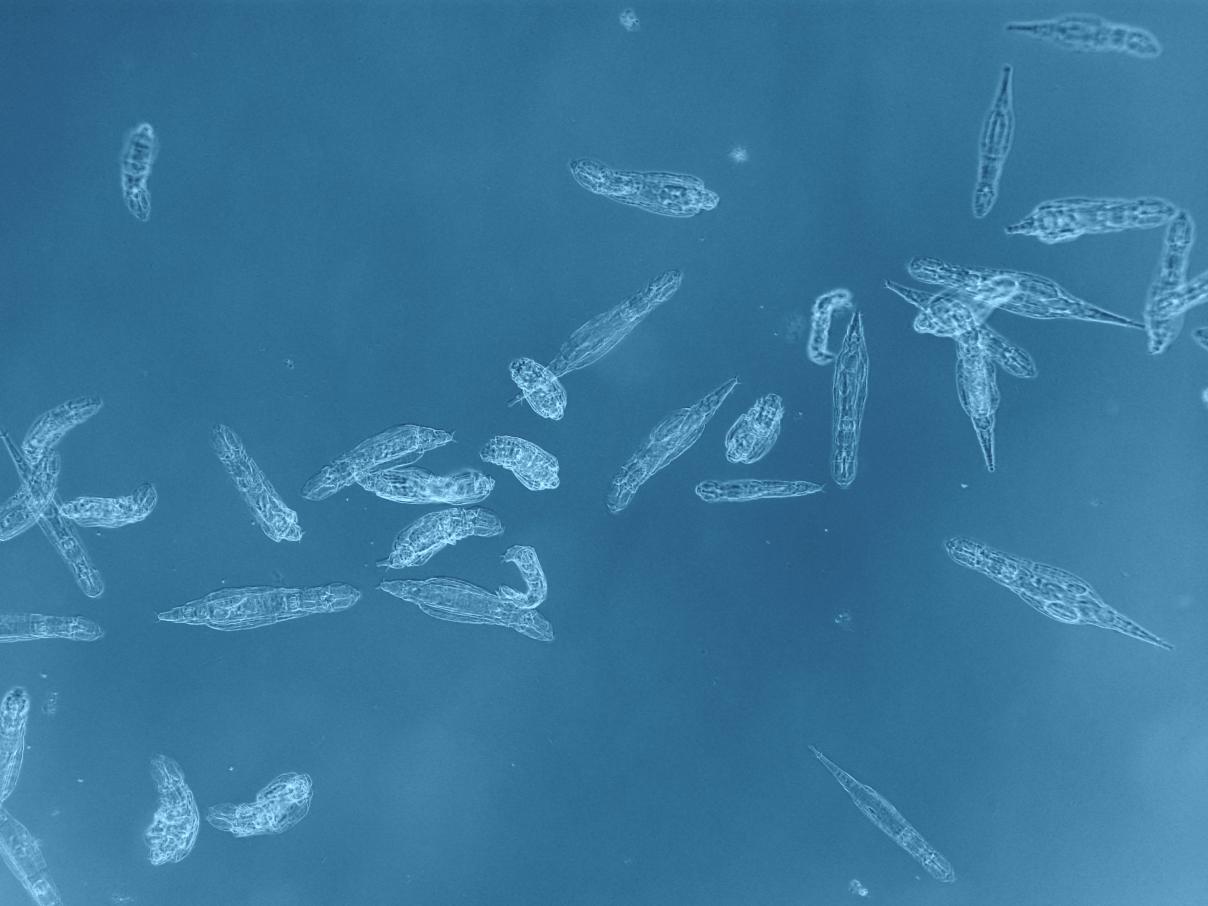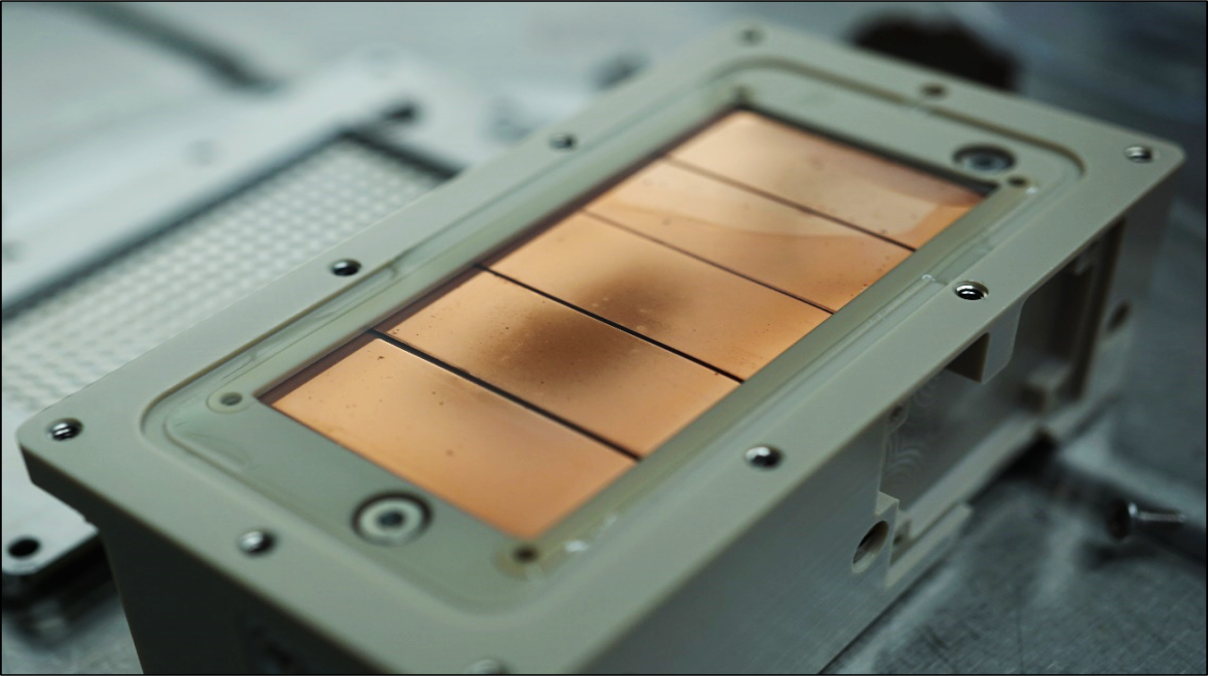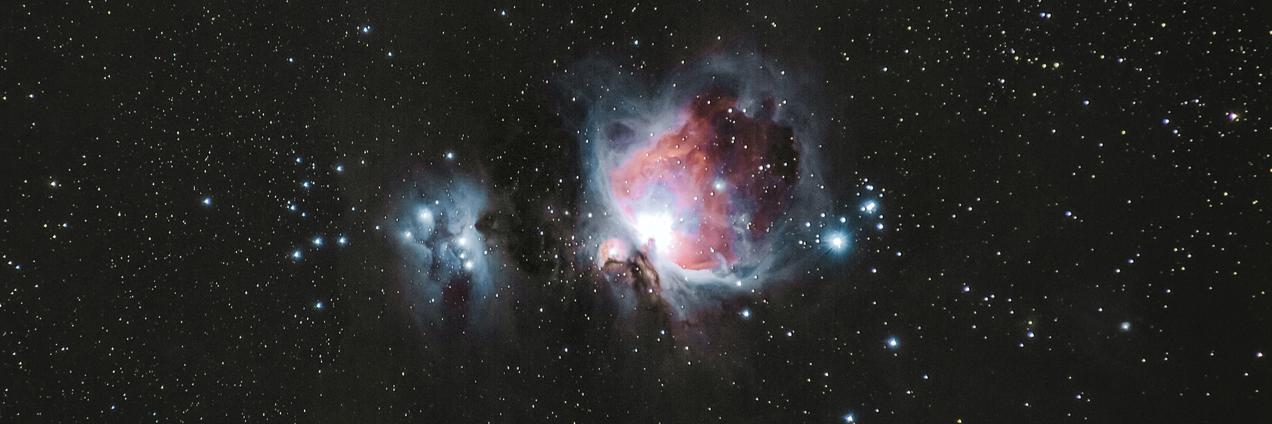Protection from cosmic danger
How does SCK CEN contribute to a safe habitat in space for astronauts?
As future missions to the Moon and Mars are planned, it is important to know how to keep people safe in remote, dangerous and enclosed environments, where there is no easy way back home. SCK CEN already combines expertise, experience and facilities to find answers to questions such as "How do you keep ultraviolet radiation and cosmic radiation as far away from astronauts as possible?" or "What will be required of space habitats to sustain further exploration?".

Radiation protection
How can we better protect astronauts against harmful and long-term effects of weightlessness and high doses of cosmic radiation during future long-term space exploration missions to the moon and to Mars? How can living organisms adapt to extreme conditions? The Rotifers In Space (RISE) project led by UNamur and SCK CEN in cooperation with ULB intends to provide answers to these questions. The project partners are putting the rotifer Adineta vaga under the microscope. This tiny animal grows to a maximum size of 1 millimetre and shows a higher radioresistance compared to that of humans or any other animal on earth. The RISE project wants to uncover the underlying mechanisms of this high radioresistance.
Click on over to our 'Rotifer in Space' project to see this research in action.

Preventing biocontamination
Astronauts of course also rely on a healthy environment. On their missions, they will be inevitable accompanied by microbes, which will also be continuously spread by the crew throughout their habitat. Most of these microbes are not harmful and could even be beneficial, but attention needs to be given to the uncontrolled proliferation or the dispersion of pathogens. This complex relation is further shaped by the specific space conditions perceived by the microbes as well as the astronauts. To ensure a healthy environment, our research aims at developing innovative approaches for preventing biocontamination by testing materials and surfaces that prevent microbial growth and unravelling how microbes could adapt to these materials.
© Photo by courtesy of Katharina Siems, DLR

Count on our specialised services
Active in the space sector yourself? With over 30 years of experience in space biology, radiation research, experiments and development, we know how to help you successfully launch your journey into space.